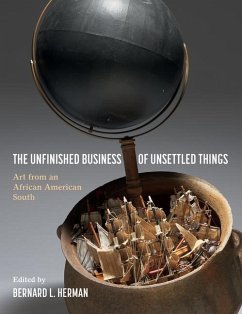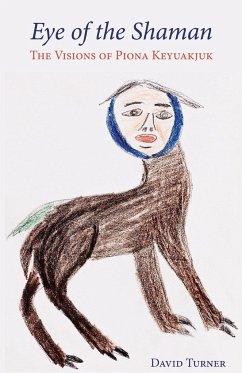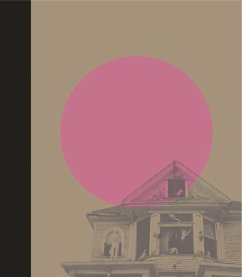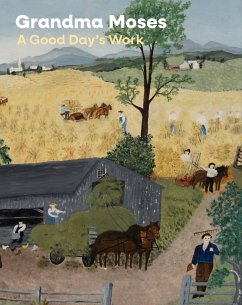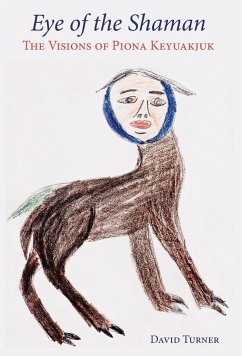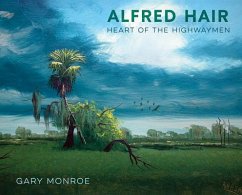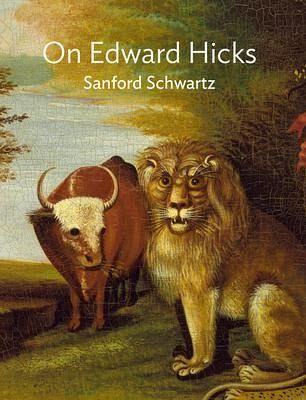
On Edward Hicks
Versandkostenfrei!
Versandfertig in über 4 Wochen
26,99 €
inkl. MwSt.

PAYBACK Punkte
13 °P sammeln!
Sanford Schwartz explores the trailblazing career of 19th-century Quaker folk artist Edward Hicks Edward Hicks (1780-1849) was the creator of one of the most familiar scenes in American art: the Peaceable Kingdom, which depicts a realm where wild and flesh-eating animals come together with defenseless creatures, and will not harm them. Because Hicks was a Quaker minister, his many renderings of the scene have been taken as largely a self-taught artist's professions of Quaker pacifism. But here, author and curator Sanford Schwartz, in a wide-ranging study that for the first time looks at Hicks ...
Sanford Schwartz explores the trailblazing career of 19th-century Quaker folk artist Edward Hicks Edward Hicks (1780-1849) was the creator of one of the most familiar scenes in American art: the Peaceable Kingdom, which depicts a realm where wild and flesh-eating animals come together with defenseless creatures, and will not harm them. Because Hicks was a Quaker minister, his many renderings of the scene have been taken as largely a self-taught artist's professions of Quaker pacifism. But here, author and curator Sanford Schwartz, in a wide-ranging study that for the first time looks at Hicks as an imaginative artist as well as a minister, shows how the Peaceable Kingdom paintings--there are some 60 examples, made over 30 years--tell a richer story. In Schwartz's hands, Hicks emerges as a person and a painter who hardly seems to be of the past. We spend time with this passionate, vehement figure who was also empathic and ardently connected to his wide community. And we see how the Kingdom series, though labeled folk art, share much with the work of mainstream artists of the time and even with work we now call outsider art.



